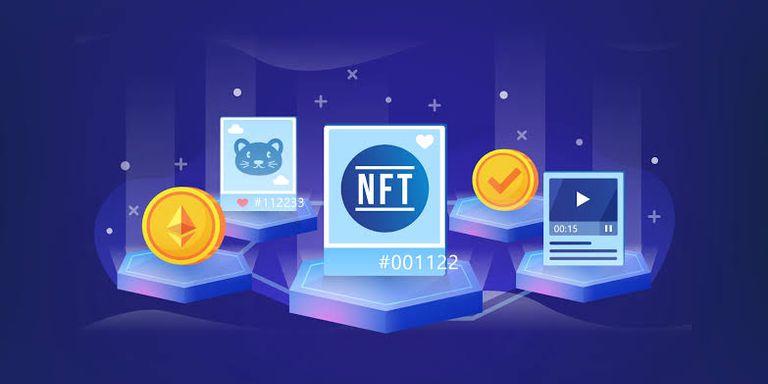
The Crypto system is vast, and we are always discovering new things. Because of the prominence of NFTs, fungibility has become one of the most commonly used words in crypto. Many people are familiar with the abbreviation NFT, which stands for Non Fungible Tokens, but are unaware with the meaning. Before I came across the term NFT, I was one of many who had no idea what fungible or non-fungible tokens meant. One of the benefits of the Steemit is that you can learn a lot from it.
Have you ever considered the characteristics that distinguish Non-Fungible tokens from Fungible tokens? What comes to mind when you hear the word "fungible"?
Fungible simply implies that something is interchangeable; you may swap it for another of the same type and it will retain its value. Consider the following scenario: you have a $50 in the United States, and you travel to Ghana to deposit the $50 in your Domiciliary account. If you travel to Canada and wish to withdraw $50 from an ATM, you will receive $50. Keep in mind that the $50 you took out of an ATM in Canada is not the same $50 you received from the United States and deposited in Ghana.
You have a very low probability of ever coming into contact with the same $50 note you deposited in Ghana, and unless you put a mark on it, you can't claim proof of ownership of that particular $50 because it circulates and goes to another individual as soon as it enters the banking system.
So consider a jersey signed by a football superstar and sent to a specific person. If the person travelled to Ghana he won't be able to collect the jersey in Ghana if he had stored it in a fixed deposit box in the United States. Except that it will be shipped down to him, and when it arrives, he will receive the same jersey that was deposited in the United States. Not a duplicate, nor a jersey that resembles it, or a forgery, but the exact same jersey. That's exactly what non-fungible is, the item can't be swapped or replaced, and if it's stolen or destroyed, there won't be another one with the exact same signature.
Interchangeable, non-unique, divisible, and some with their own blockchain, fungible tokens are becoming increasingly popular. For example, in Bitcoin, Ethereum, and STEEM, you can give someone 1 STEEM and they can return you with 1 STEEM from another person's wallet. It makes no difference if the STEEM you gave that person was returned in its entirety. One STEEM is not different from another; they all have the same value and code.
Whereas fungible tokens may be traded on exchanges, you can place a sell or buy order and have it filled immediately. Non-fungible tokens, on the other hand, cannot be exchanged on exchanges and must instead be traded in a market place. Before the order is performed, you must either wait for the seller to agree on a price or for a buyer to agree on your pricing.
Additionally, fungible are mostly used for currency for buying and selling, to put it in a simple way they are generally used for transactions, while Non-fungible tokens are either arts, collectibles, digital asset or media.